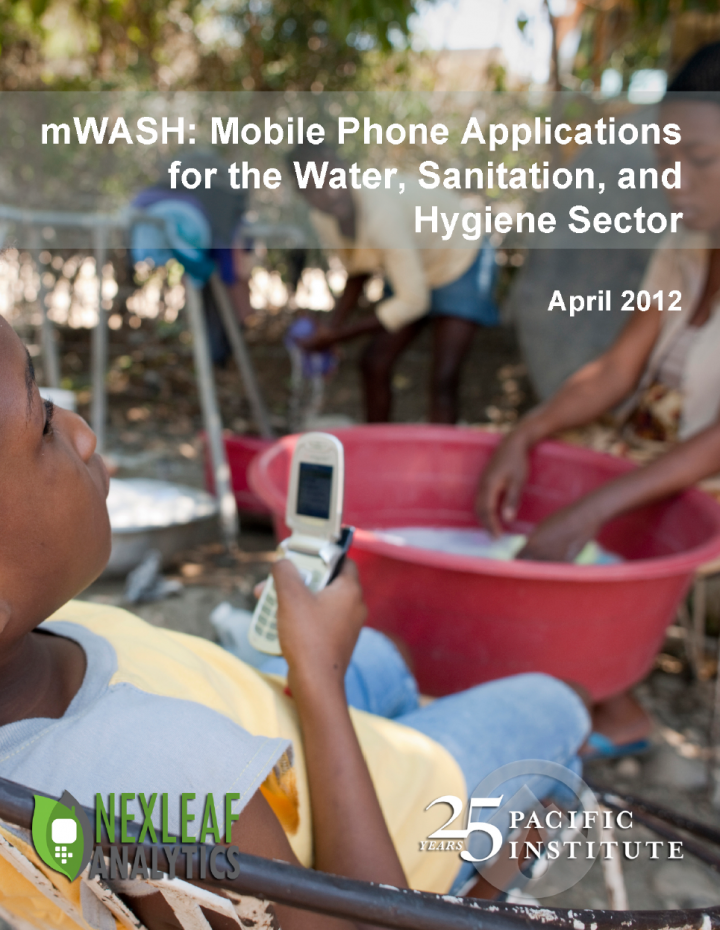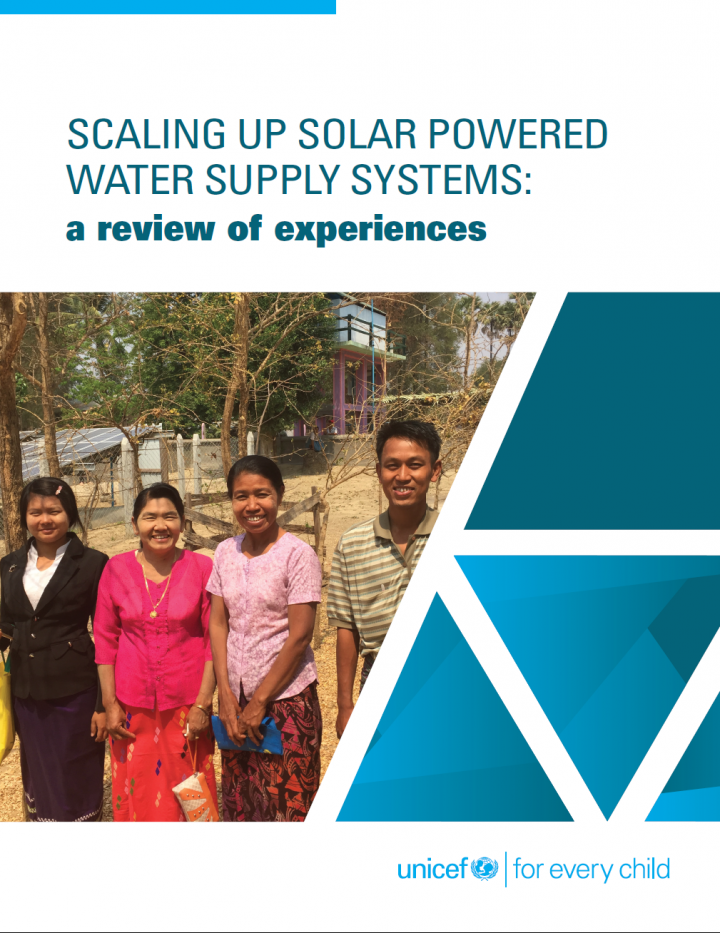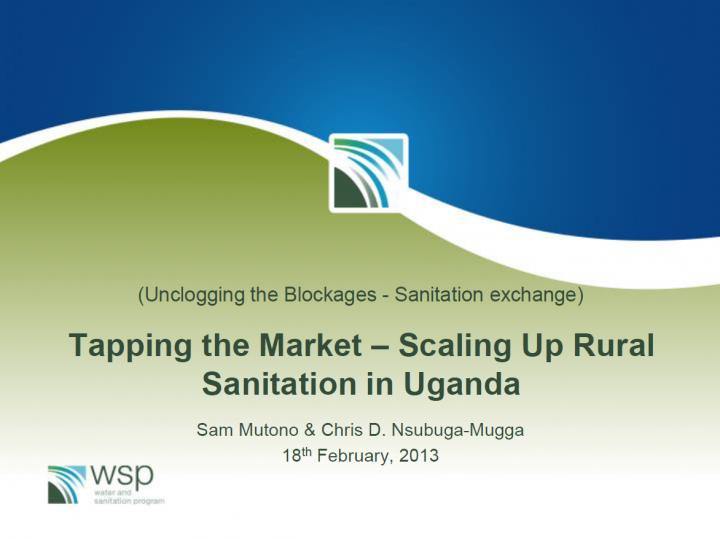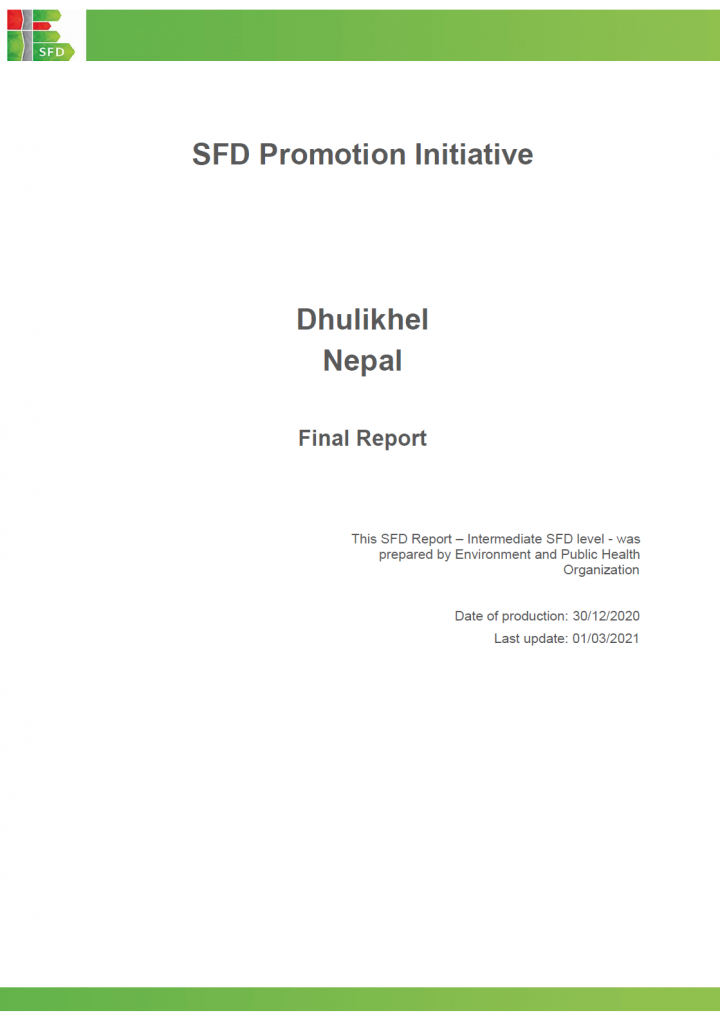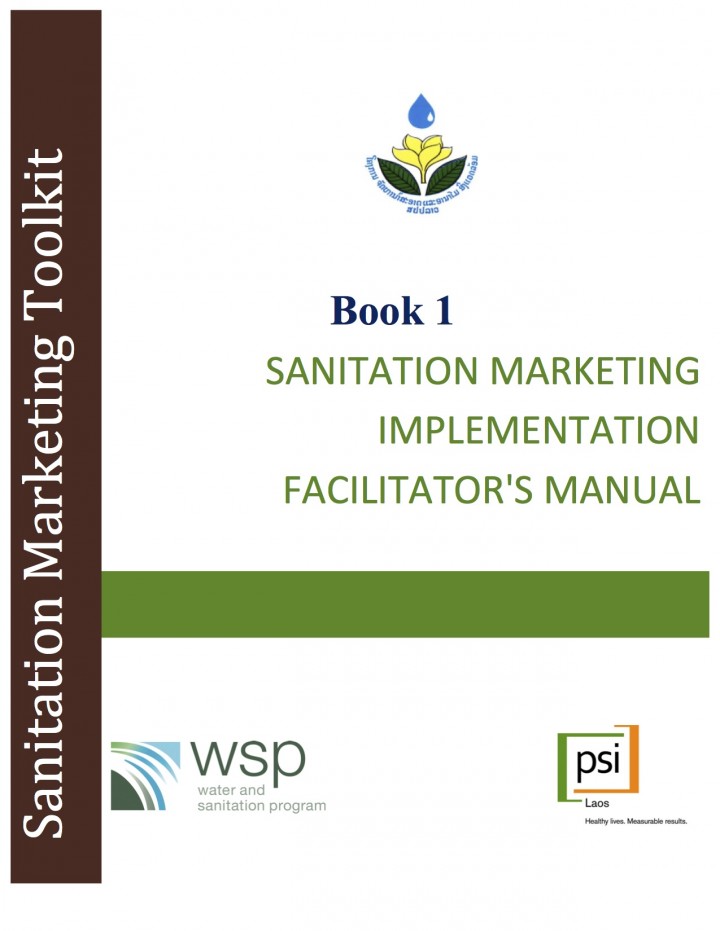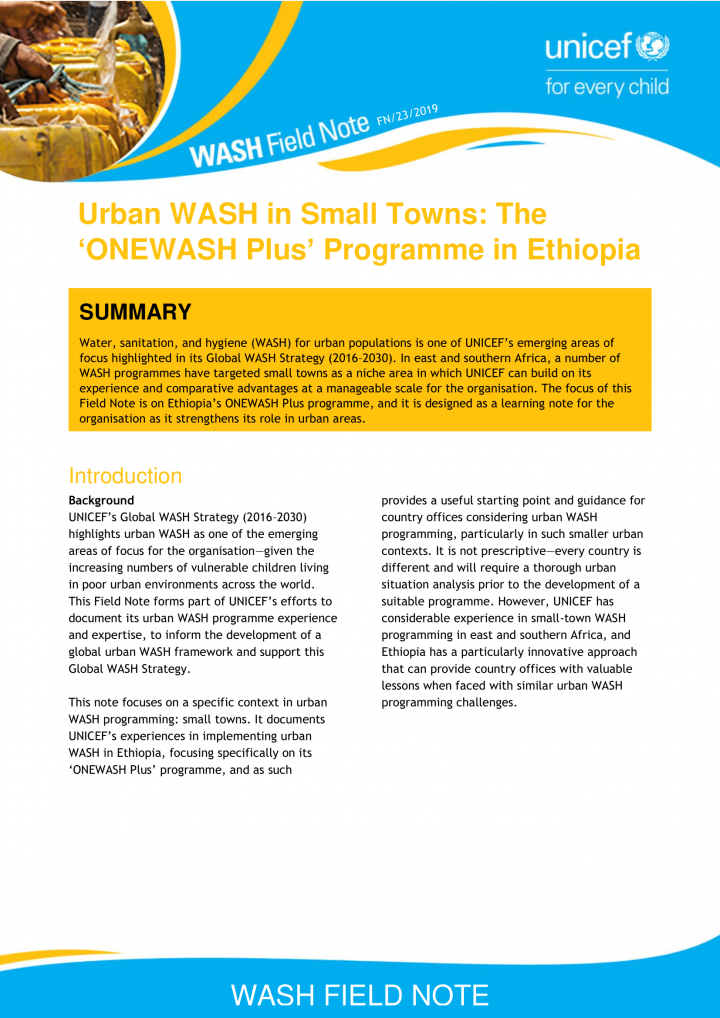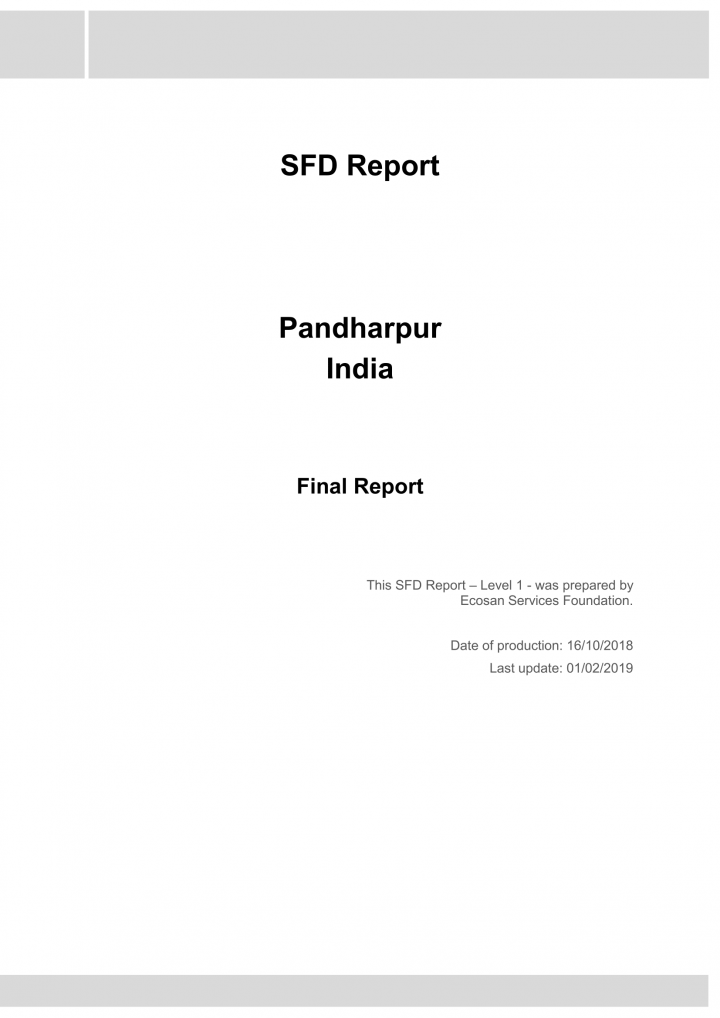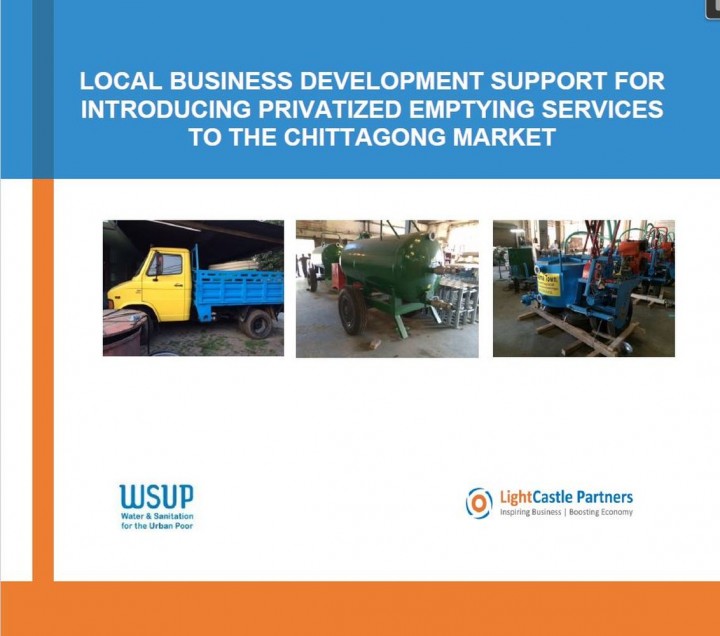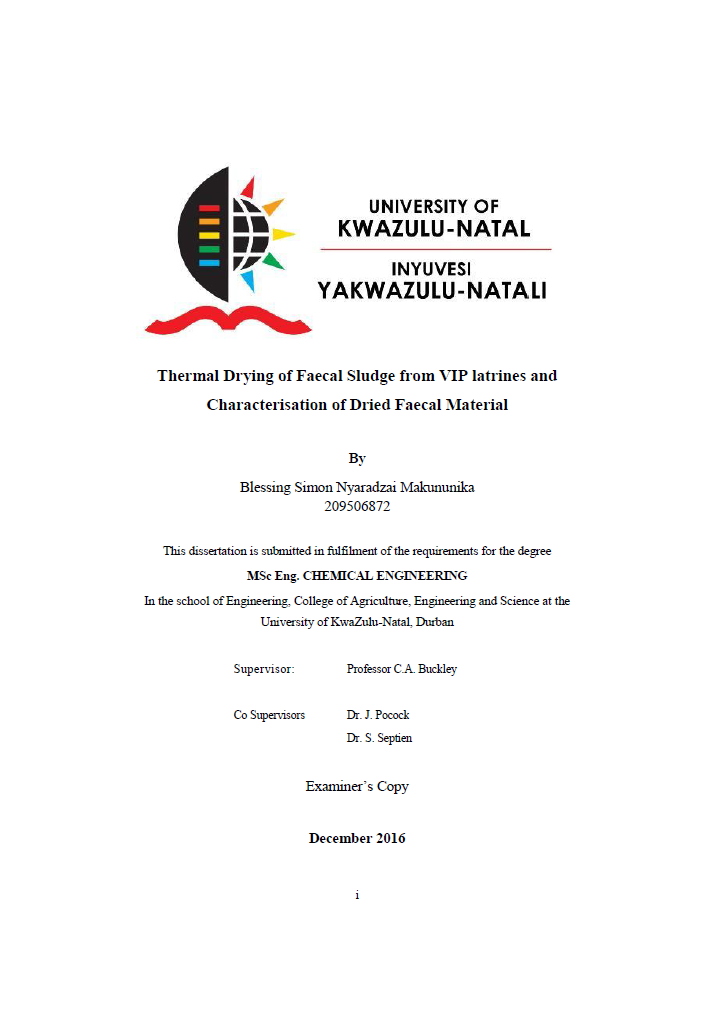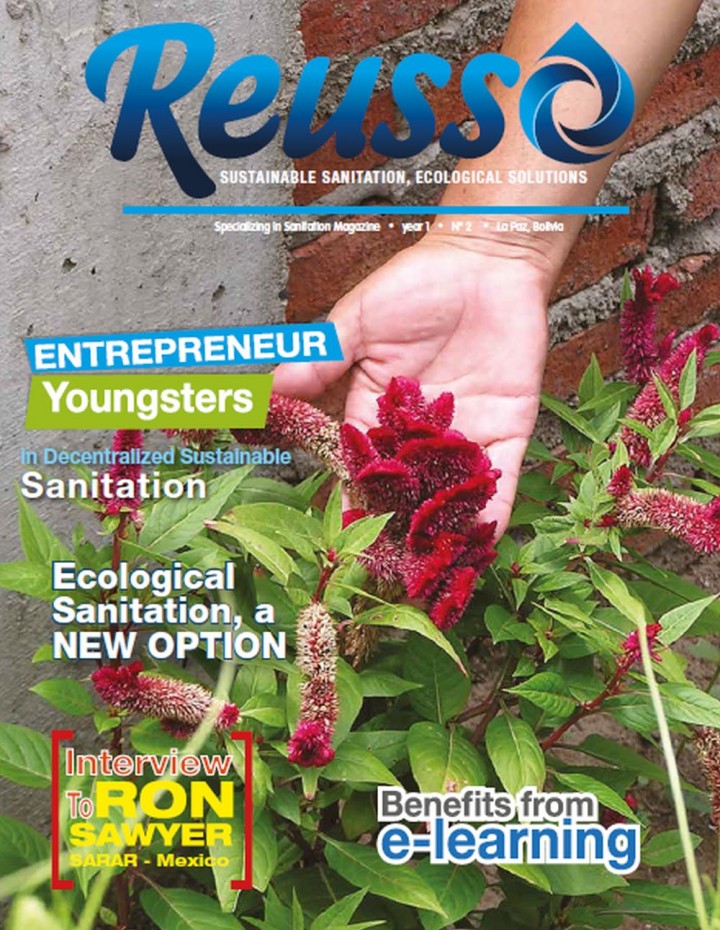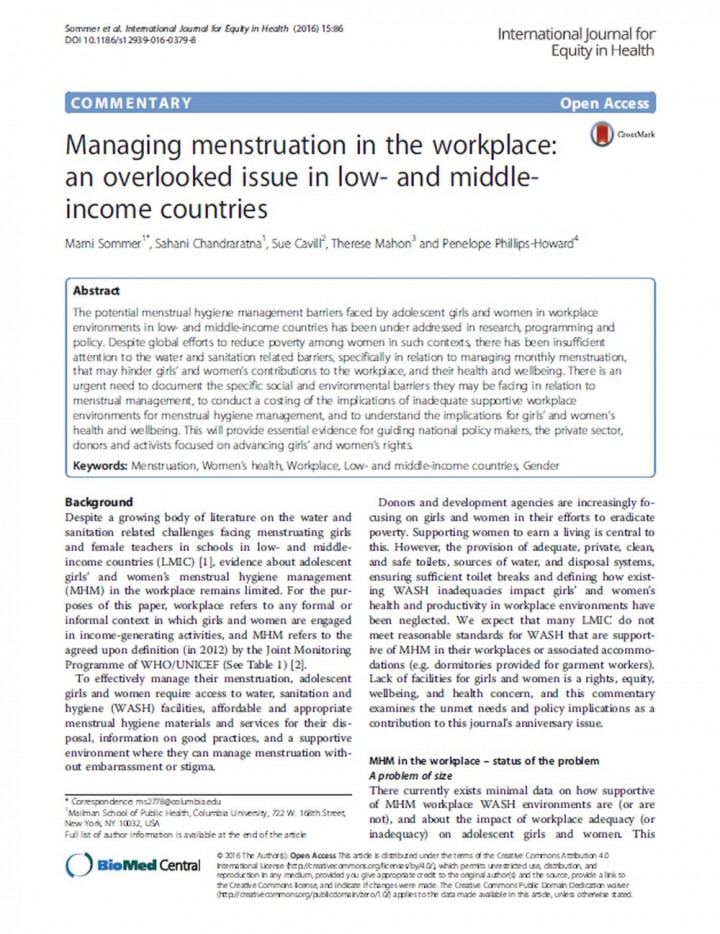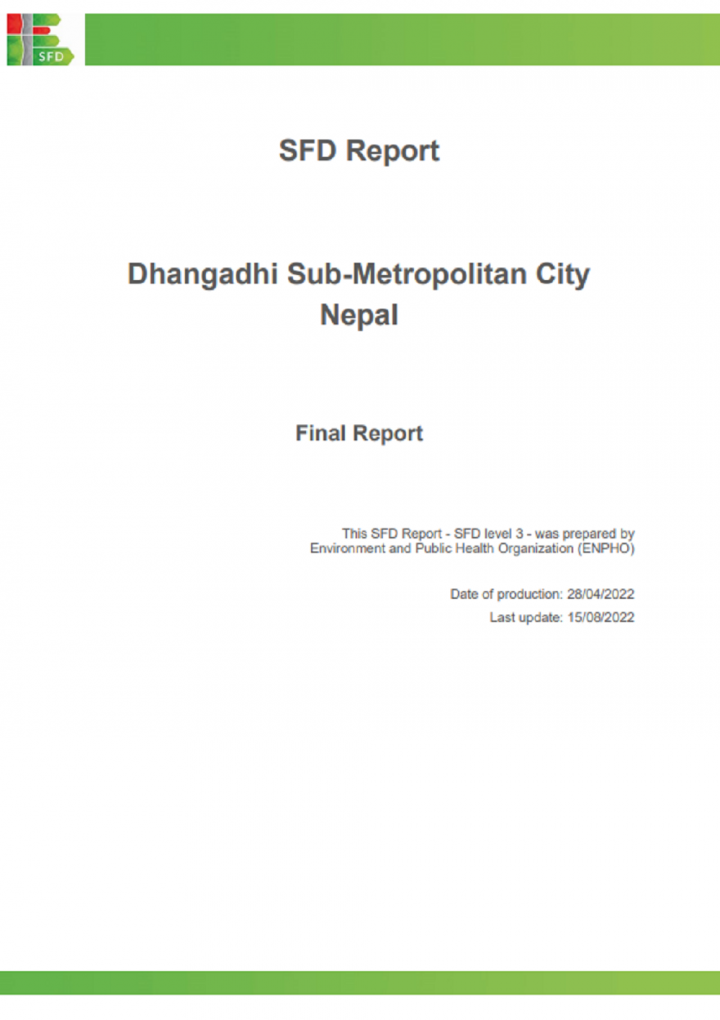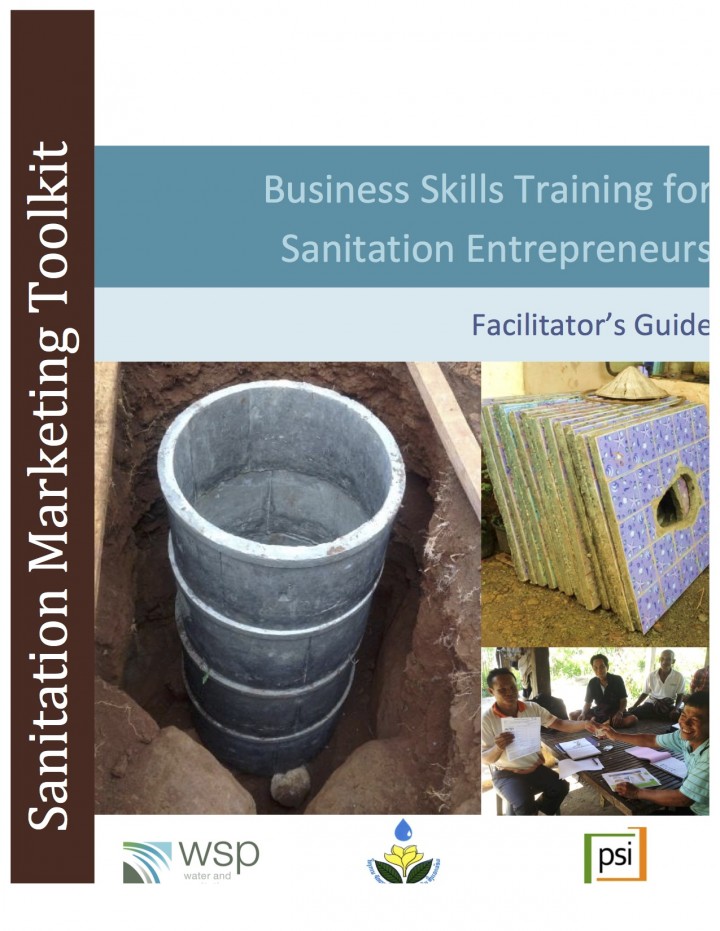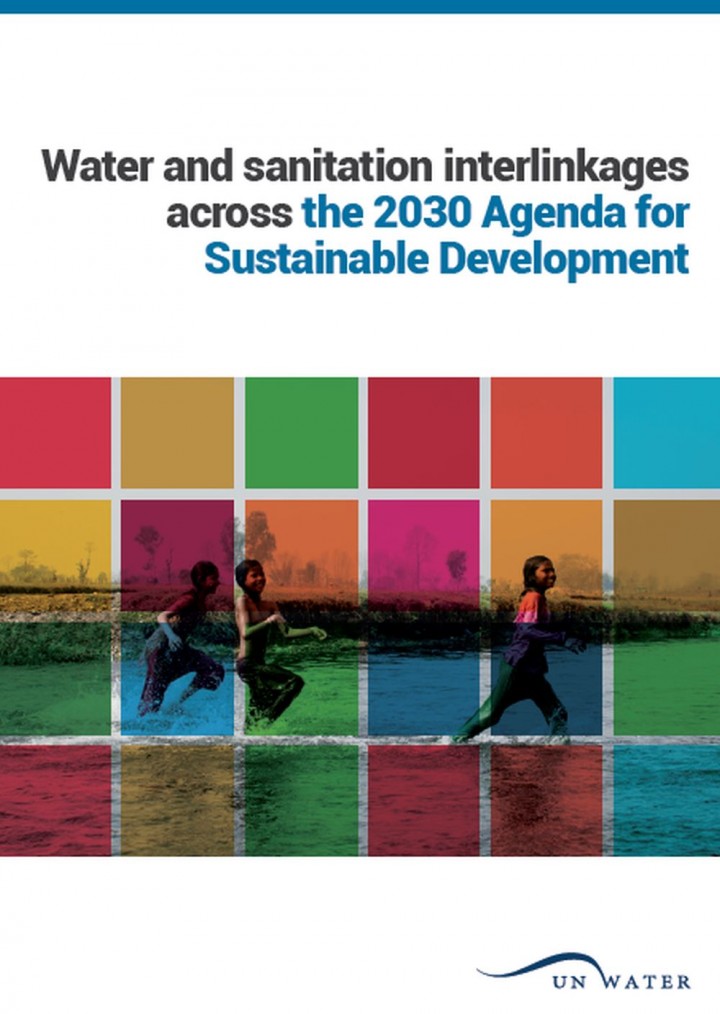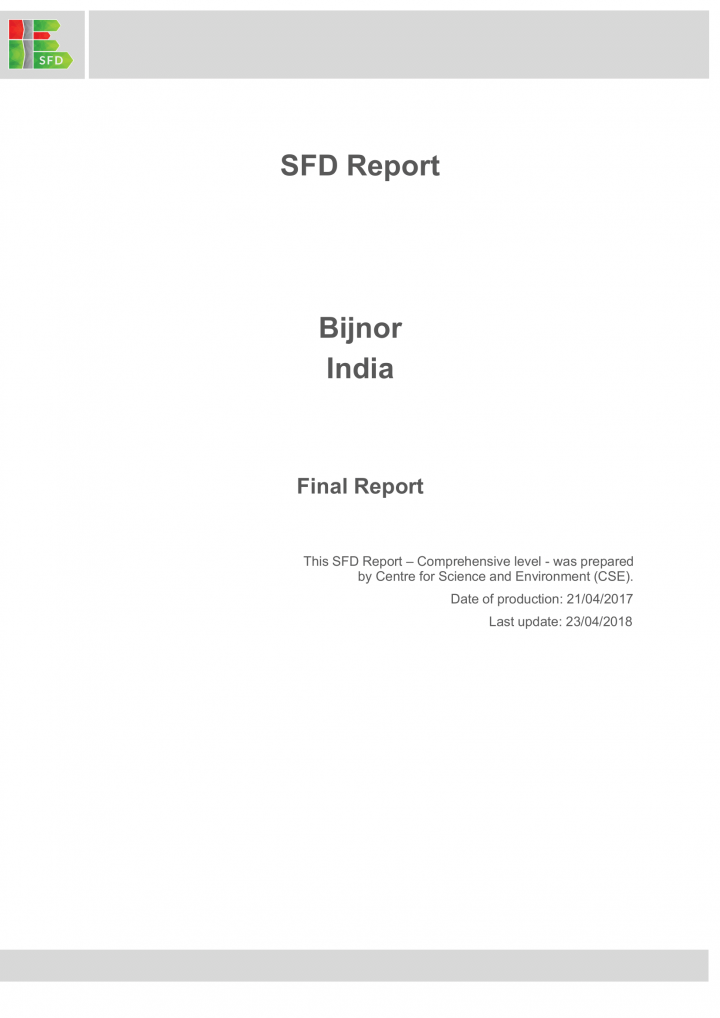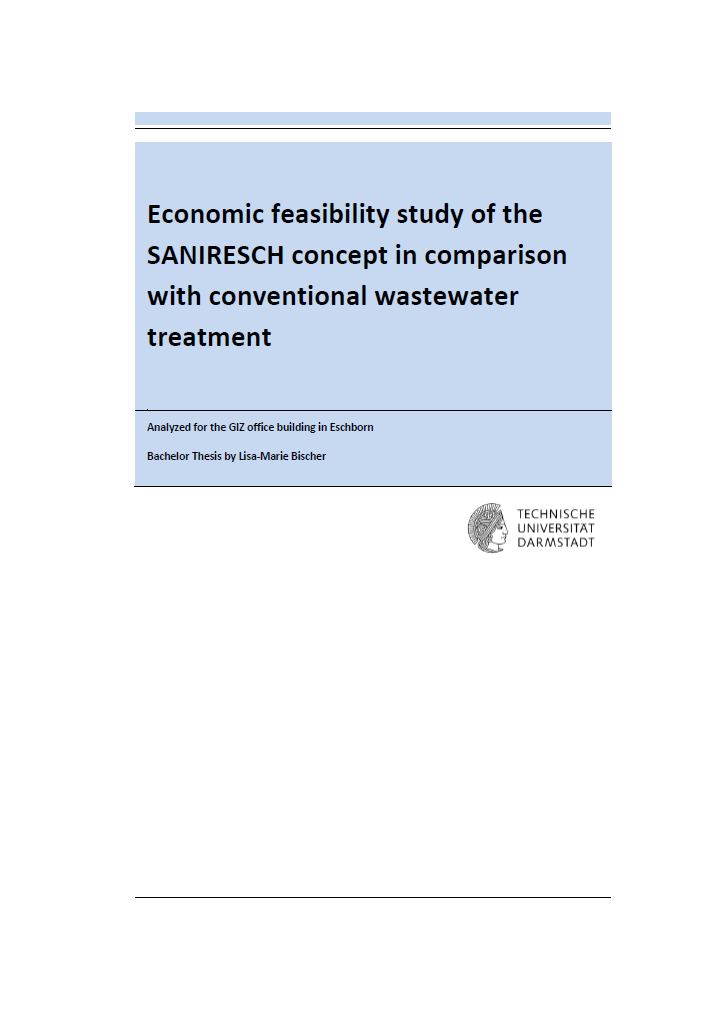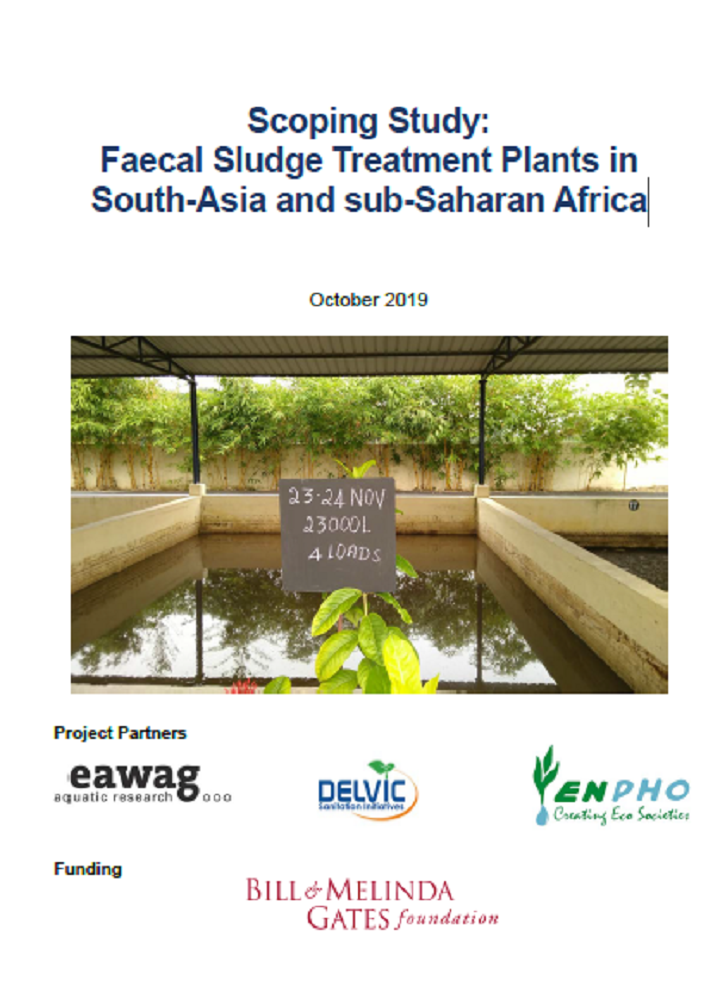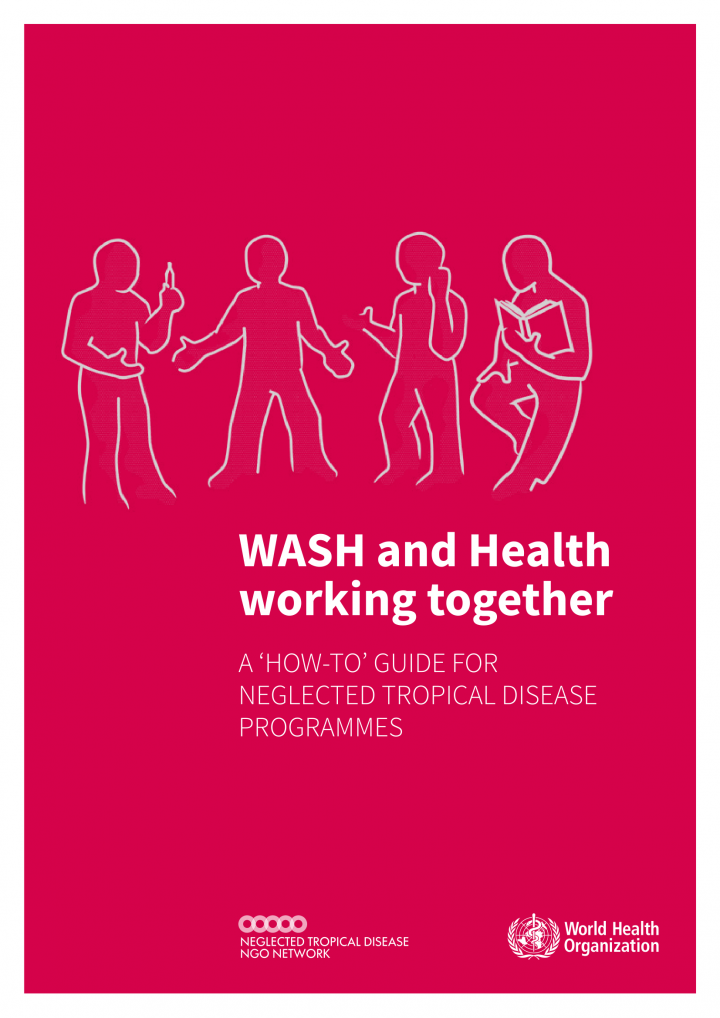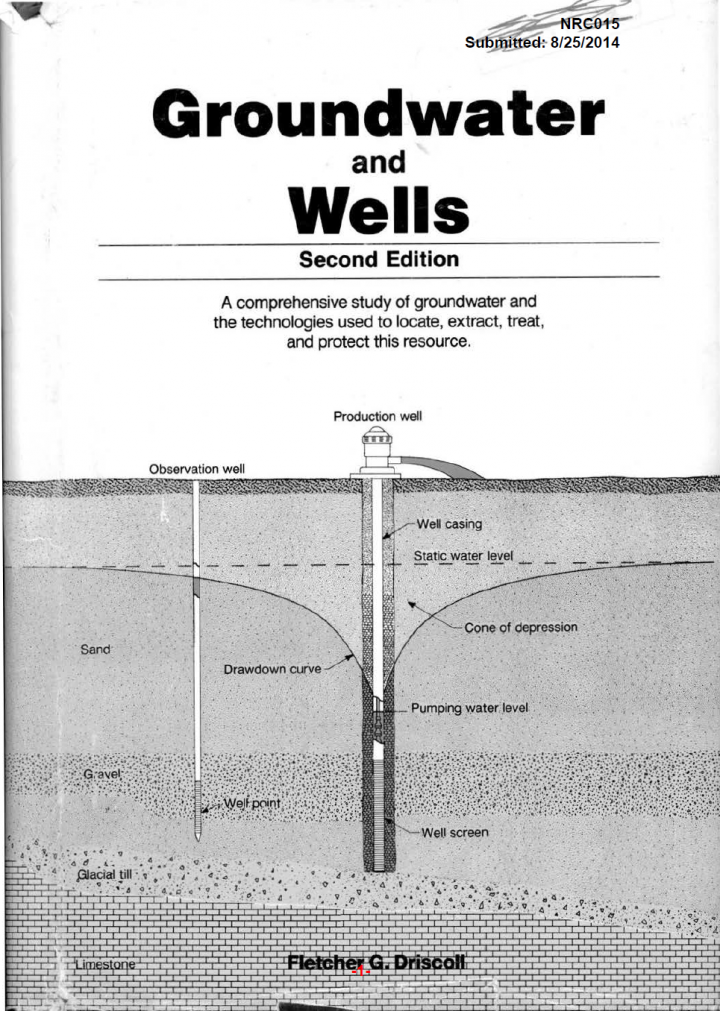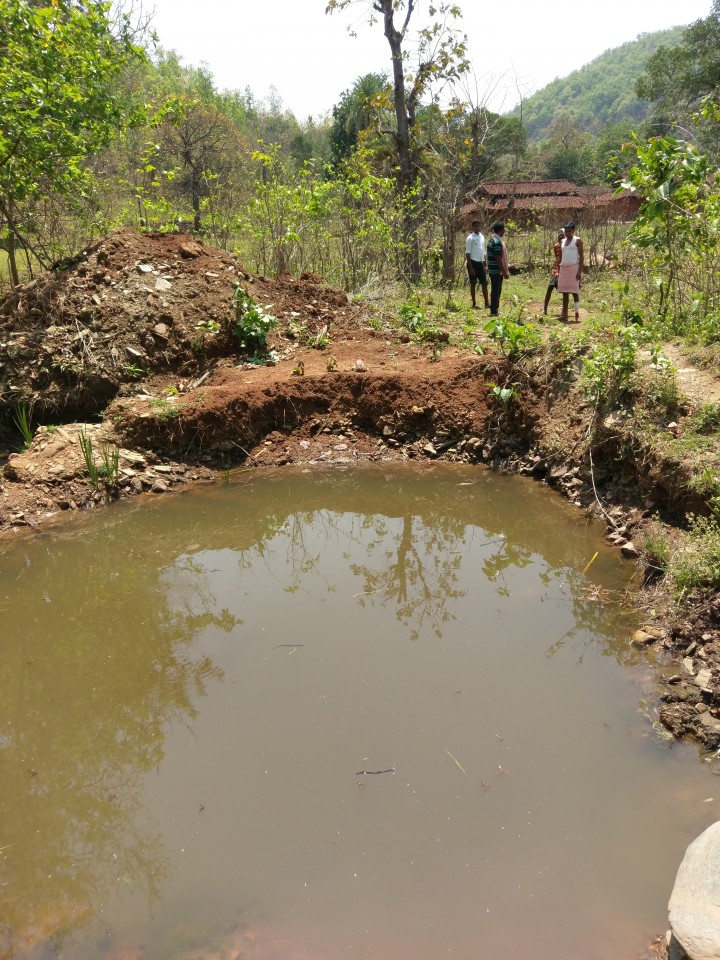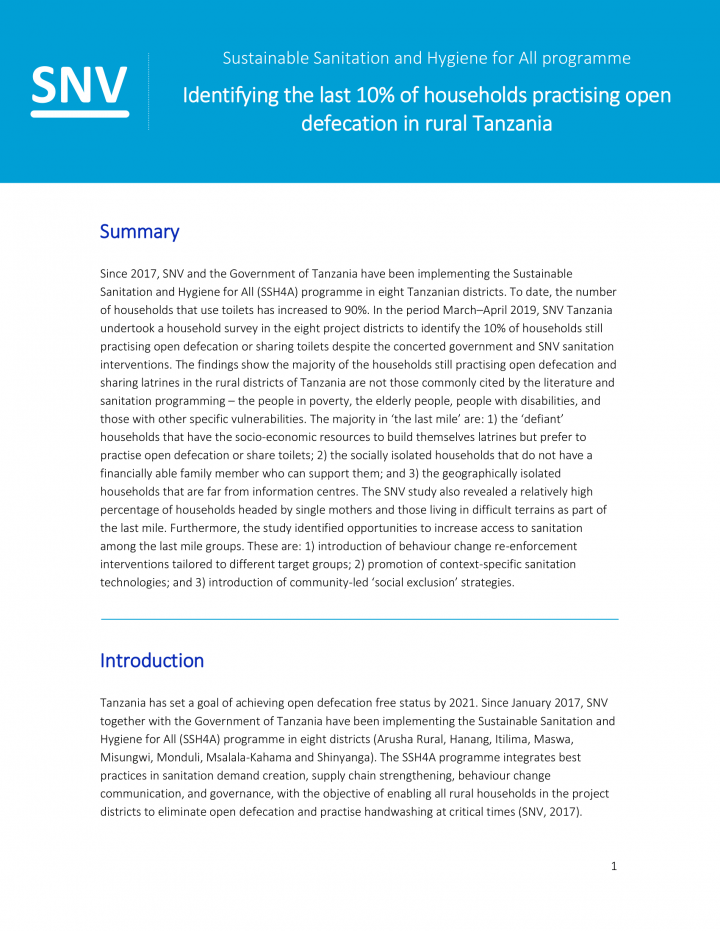Searching for information on Sanitation Workers?
The Sanitation Workers Knowledge + Learning Hub is the best source for all current news, trends, articles and updates on sanitation workers rights around the world.
A large number of the billions of people who lack basic access to safe water and sanitation can count a mobile phone as one of their few possessions. Year after year, global and national institutions struggle to provide growing populations with basic water and sanitation needs, while mobile phones have become ubiquitous in the developing world. The spread of mobile phones has greatly reduced the …
Over the past few years, UNICEF has been exploring new and innovative approaches to water supply, placing
an emphasis on systems which are affordable, scalable, environmentally sustainable and climate smart. Solar
powered water systems have the potential to meet all of these criteria. The systems can also help provide a
higher quality service to multiple communities through the use of small …
Conference Themes: The Action Exchange
Unclogging the Blockages is about action. The action exchange was organized according to several themes (several are listed below) with experts from each of these subject areas presenting and leading small group discussions with their peers on what are the main challenges and barriers for moving forward. After these initial discussions, the challenges …
Dhulikhel municipality is located in Kavrepalanchok district of Bagmati province, Nepal. The municipality is divided into 12 wards. The municipality is home to 33,981 people as per census 2011. The population growth rate was 0.65% per year from 2001 to 2011.
There are two major highways, B.P highway and Arniko Highway which pass through Dhulikhel. Dhulikhel is located at Eastern rim of …
Water, sanitation, and hygiene (WASH) for urban populations is one of UNICEF’s emerging areas of focus highlighted in its Global WASH Strategy (2016–2030). In east and southern Africa, a number of WASH programmes have targeted small towns as a niche area in which UNICEF can build on its experience and comparative advantages at a manageable scale for the organisation. The focus of this Field …
Pandharpur is a well-known pilgrimage town on the banks of Bhima River in Sholapur district, Maharashtra, India. The population of Pandharpur is 98,923 and the floating population is around 10,000 to 40,000.
39% of Pandharpur is dependent on offsite sanitation. Population connected to sewer line is 33% and user
interface discharging directly to open drain or ground is 6%. 53% of Pandharpur is …
WSUP’s (Water and Sanitation for the Urban Poor) project of “introducing privatized emptying services in Chittagong” is a scale-up of their previous project of public-private partnership for septic tank emptying services that began operations in Dhaka almost a year ago. The scale-up in Chittagong is targeting the procurement and implementation of two exhausting trucks via a sustainable …
This webinar brought together two GIZ programmes working on access to safe sanitation along the entire sanitation service chain: Scaling up of Drinking Water and Sanitation Supply in Burkina Faso and Sanitation for Millions (project component Uganda).
Joined by BORDA Zambia, implementing experts from the three countries presented their experiences from the field:
• Behaviour: Why do users …
This guide will provide insights on preconditions and principles for developing a national WinS MOOC based on the Philippines’ WinS MOOC experience, practical examples on structure, content and course outline of a typical WinS MOOC, and recommendations for adapting these processes in your institution’s context.
Promotion and dissemination of Decentralized Sustainable Sanitation represent a strategic line of knowledge management of “Decentralized Sustainable Sanitation NODE Project as a Knowledge and Impact Generation
of Sustainable Solutions Platform”, implemented under a strong conviction to socialize experiences, share updated information and disseminate Ecological Sanitation values.
The …
The potential menstrual hygiene management barriers faced by adolescent girls and women in workplace environments in low- and middle-income countries has been under addressed in research, programming and policy. Despite global efforts to reduce poverty among women in such contexts, there has been insufficient attention to the water and sanitation related barriers, specifically in relation to …
Dhangadhi Sub-Metropolitan City is located on Southern belt of Nepal in the Kailali District of Sudur Paschim Province, Nepal. The city is surrounded by Kailari Rural Municipality in the east, Mohana River in the west, Godawari and Gauriganga Municipality in the north and India in the South. It is divided into 19 wards. As per 2011 population census, Sub-Metropolitan City has a total of 147,741 …
Ghatail Municipality is a sub-district town of Ghatail Upazilla under Tangail District, which is located about 33 Km North of Tangail Sadar Upazila and 114 Km northwest of Dhaka City. It is directly linked with the Dhaka-Tangail highway. The municipality is crossed over by Jhinai River. Ghatail beel (wetland) is another main water body beside the town. According to the population census in 2011 …
This UN-Water Analytical Brief analyses the central role of water and sanitation to describe the links and interdependencies between the targets of Sustainable Development Goal 6 on water and sanitation and those of other SDGs. It aims to stimulate United Nations Member States’ consideration of the water-related linkages within the SDGs to facilitate an integrated approach to implementation.
Bijnor city is located 12 km west to the bank of River Ganga and 460 km from Lucknow, the state capital of Uttar Pradesh. Bijnor is the district headquarters of Bijnor district. As per Census 2011, Bijnor has a population of 93,297 residing in 17,715 households. The urban local body governing the town is Bijnor Nagar Palika Parishad (BNPP) or (Bijnor Municipal Council).
The city has recently …
Comparing the costs for SANIRESCH with today´s costs for conventional wastewater treatment and standard commercial fertiliser, the alternative system is more expensive for both “Office building” and “Agricultural application”. However, the sensitivity analyses show that a certain potential exists. The differences come especially through the higher running costs, which influence is bigger …
Worldwide over the last years, a shift has taken place in the acceptance of faecal sludge management (FSM). It is now considered by many to be a viable solution alongside sewer-based systems in achieving citywide inclusive sanitation, and faecal sludge treatment plants (FSTPs) are starting to be constructed throughout Asia and Africa. For example, more than 40 FSTPs started operation in India and …
This toolkit provides step-by-step guidance to Neglected Tropical Disease (NTD) programme managers and partners on how to engage and work collaboratively with the WASH community to improve delivery of water, sanitation and hygiene services to underserved population affected by many neglected tropical diseases. The toolkit is based on real-life programme experience, which users can match to their …
Since 2017, SNV and the Government of Tanzania have been implementing the Sustainable Sanitation and Hygiene for All (SSH4A) programme in eight Tanzanian districts. To date, the number of households that use toilets has increased to 90%. In the period March–April 2019, SNV Tanzania undertook a household survey in the eight project districts to identify the 10% of households still practising …

